Our path to net zero CO2 emissions
- 5
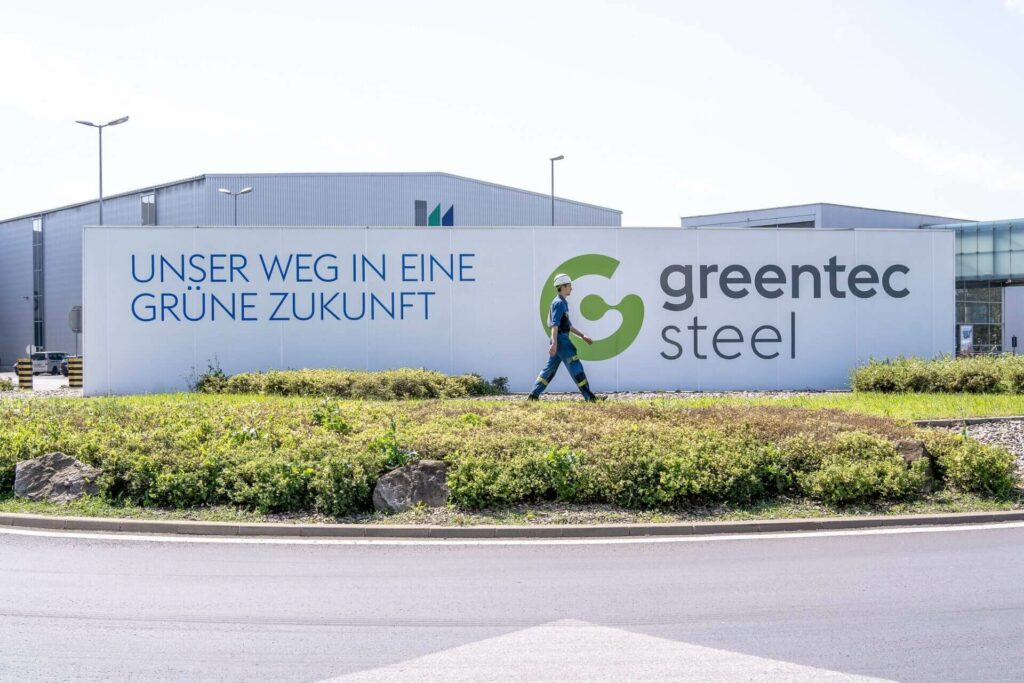
Two million fewer cars on the road each year would eliminate enormous amounts of CO2 emissions. The magnitude of the savings is equivalent to the carbon reduction that will be achieved in the future by our two electric arc furnaces (EAFs).
In other words, if everything goes according to plan, starting in 2027 we will save around four million tons of CO2 emissions per year by replacing one blast furnace each in Linz and Donawitz. This corresponds to just under 5% of Austria’s total current CO2 emissions. The exact start of implementation still depends on clarifying unresolved funding issues and the timely expansion of the electricity grid.
greentec steel is a major step towards green steel production. It brings us significantly closer to our goal of steel production with net zero CO2 emissions by 2050. Our technological and environmental efforts are focused on reducing greenhouse gases without compromising the quality of our high-quality steel grades.
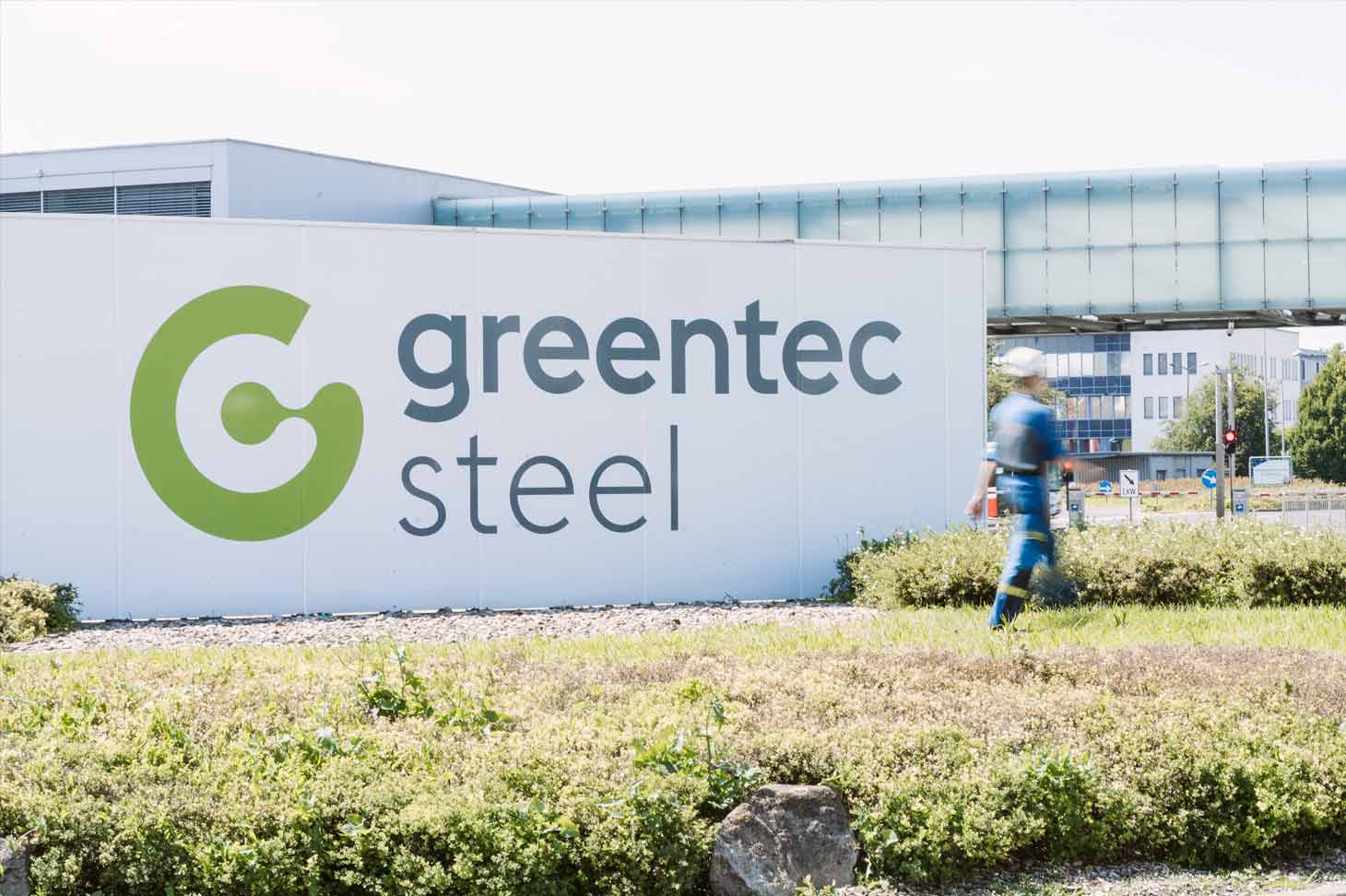
Much has already been achieved. We have been able to reduce specific CO2 emissions per ton of crude steel by around 20% since 1990 through technological progress and improved production processes. But further significant reductions are only possible with a change in technology. Topics such as carbon capture, utilization, and storage (CCUS) can also be building blocks in the overall transformation picture.
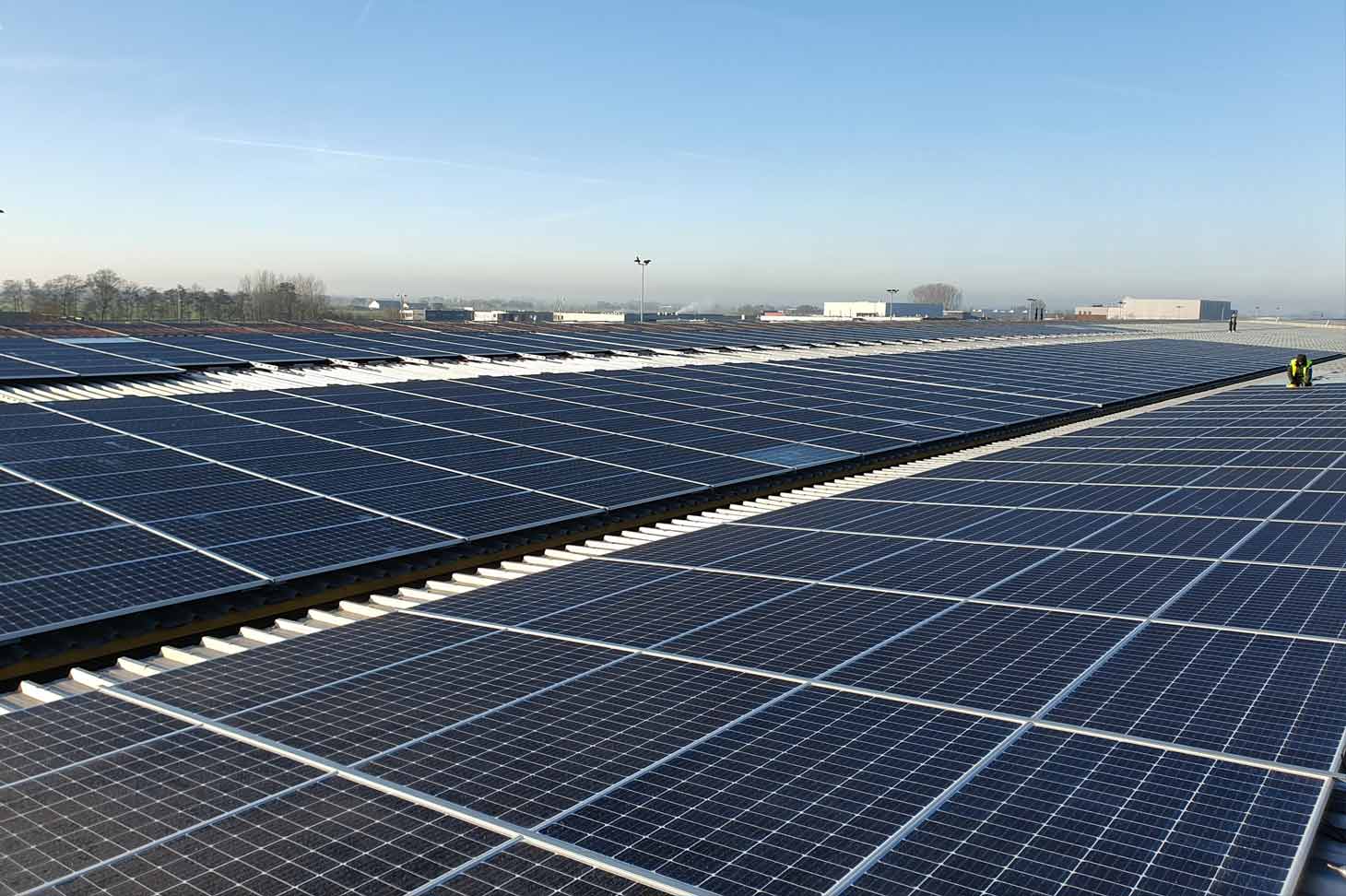
Our intensive efforts to reduce CO2 emissions are also linked to the European Union’s emissions trading system, which currently causes the voestalpine Group to incur annual expenses of around EUR 240 million—with a sharply rising trend.
The European Union Emissions Trading System (EU ETS) is a key tool for achieving European climate targets. It requires emission-intensive industries, the power generation sector, and aviation to purchase certificates for their CO2 emissions: one certificate entitles the holder to emit one metric ton of CO2.
For this carbon market, which operates via auctions, the EU has set a cap on greenhouse gas emissions. It is successively lowering both this cap and the number of tradable CO2 allowances, which will cause prices to rise over time.
At the end of 2022, the EU agreed to tighten the ETS with its “Fit for 55” package. The sectors subject to the ETS must reduce their emissions by 62% (instead of the previous 43%) by 2030 (as compared to 2005).
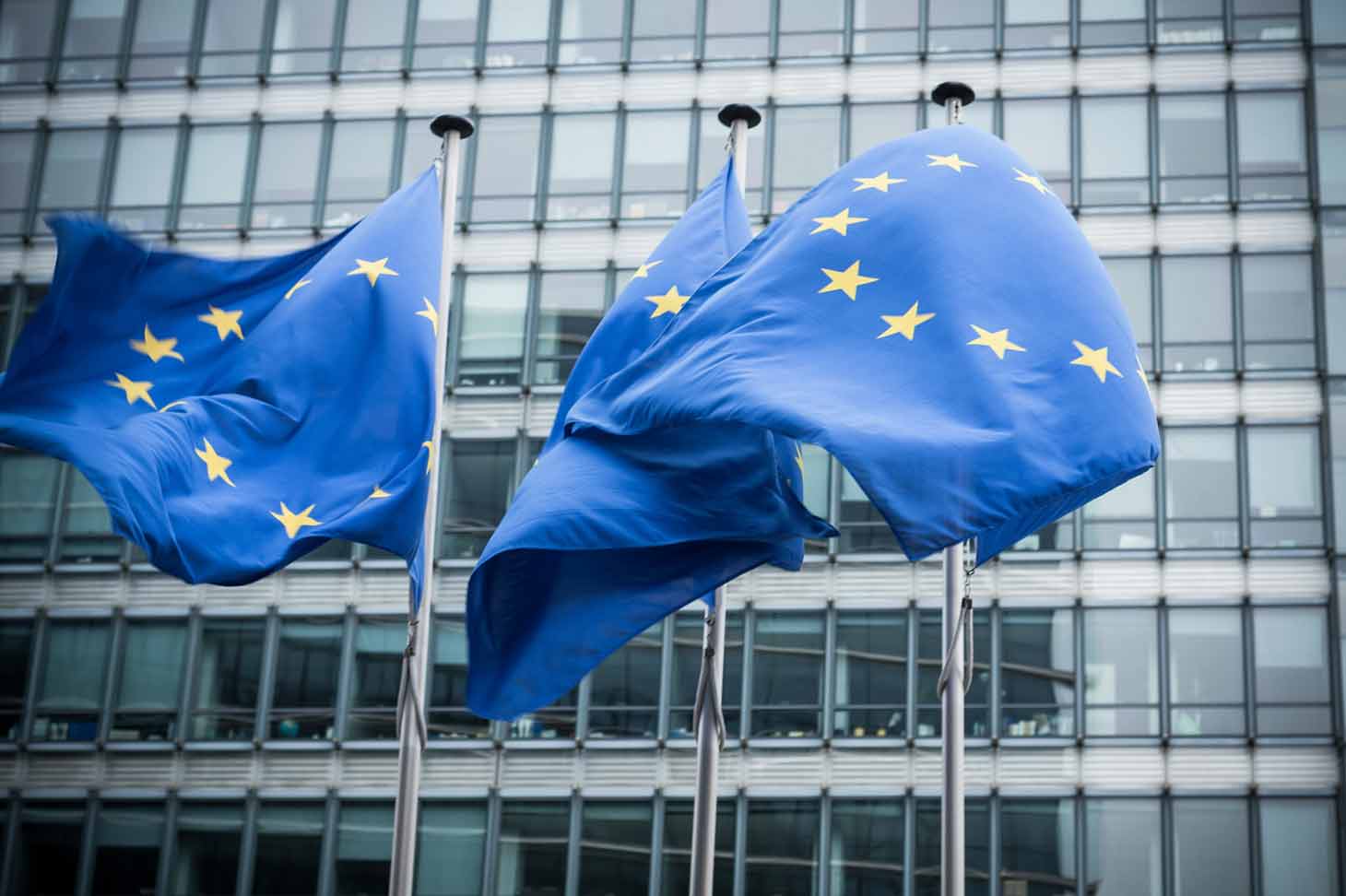
As effective as the emissions trading system is within the EU, it has one significant weakness: it is an insular system since it is primarily applicable only in the EU. This puts EU companies at a competitive disadvantage compared to other economic areas without a similar CO2 pricing system. In order to offset these competitive disadvantages and keep the industry from migrating to non-EU countries with less stringent climate protection requirements (carbon leakage), industries at risk of migration—such as the chemical and steel industries—are allocated a certain number of CO2 certificates free of charge. Two-thirds of voestalpine Group certificates are free certificates.
The pending introduction of a European carbon border adjustment mechanism (CBAM) in conjunction with a revision of the emissions trading system will set the course for our future. Importers will be required to comply with a CO2 pricing system equivalent to the EU emissions trading system or otherwise pay import duties. In return, free allowances for ETS operations will gradually expire starting in 2026. They are to be abolished altogether by 2034. This means comprehensive and sound climate protection plans like greentec steel are the basis for maintaining the Group’s ability to operate.
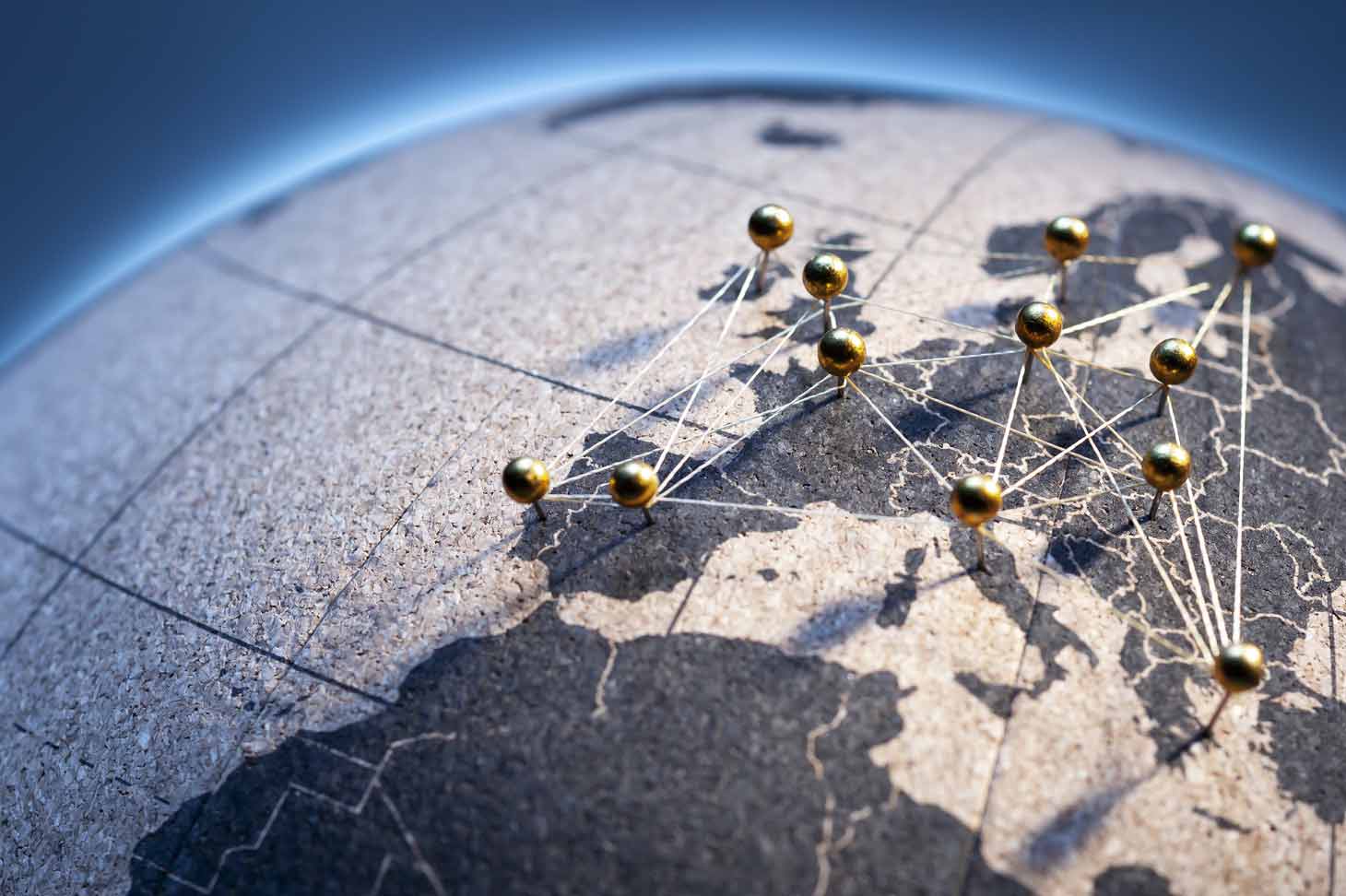
On top of the cost of direct CO2 emissions, ETS companies also pay indirectly for CO2 emissions by purchasing electricity from third parties. This is because the power generation sector, which is also subject to the ETS, passes on its costs for CO2 certificates by increasing the price of electricity. Since 2012, most EU member states, including Germany, have been using “electricity price compensation” to offset these additional costs. Comparable mechanisms have not yet been implemented in Austria.
We are on the right track with our transformation of steel production. The EAFs alone will enable us to save as much CO2 per year as the entire building sector in Austria emits in two years. However, this transformation can only work with the right framework conditions. First and foremost, it requires the availability of green energy at competitive prices and strong, European-wide grid infrastructures. We will continue to play a constructive role in shaping these framework conditions in order to achieve the goal of Austria becoming a green and internationally competitive production location.
Within the framework of our focus greentec steel, we provide an overview of our concrete steps on the way towards long-term green steel production and the innovative processes we are using on this way. We provide information about the challenges we face and the breakthrough technologies we are already researching today in order to achieve our goal of steel production with net zero CO2 emissions by 2050.
Die voestalpine ist ein weltweit führender Stahl- und Technologiekonzern mit kombinierter Werkstoff- und Verarbeitungskompetenz. Die global tätige Unternehmensgruppe verfügt über rund 500 Konzerngesellschaften und -standorte in mehr als 50 Ländern auf allen fünf Kontinenten. Sie notiert seit 1995 an der Wiener Börse. Mit ihren Premium-Produkt- und Systemlösungen zählt sie zu den führenden Partnern der Automobil- und Hausgeräteindustrie sowie der Luftfahrt- und Öl- & Gasindustrie und ist darüber hinaus Weltmarktführer bei Bahninfrastruktursystemen, bei Werkzeugstahl und Spezialprofilen. Die voestalpine bekennt sich zu den globalen Klimazielen und verfolgt mit greentec steel einen klaren Plan zur Dekarbonisierung der Stahlproduktion.